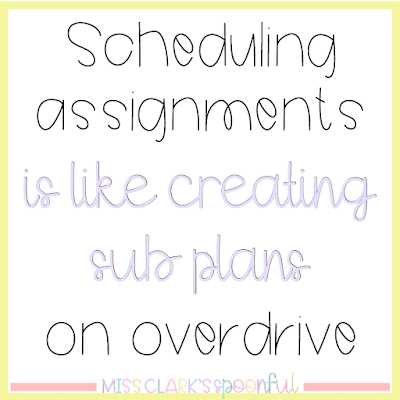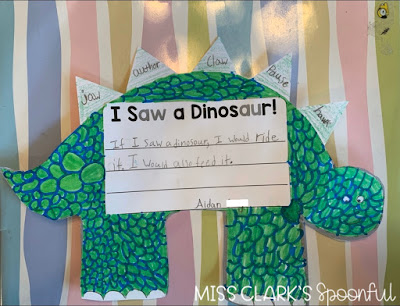Distance learning has taken lesson planning to a whole new level.
Trying to find the balance between the time-consuming aspect of planning for the week ahead behind a screen, and providing my students with content that comes closest possible to what they'd experience in the real-life classroom has been TRICKY. Also, my eyes sometimes feel like they're ready to pop out of my head from staring at a computer screen for hours on end.
Do our students deserve to enjoy wonderful lessons that are engaging, appropriately challenging, and that take them away from the screen? Yes. Here's the thing though... teachers, we deserve to spend our weekends with our families. We deserve to take a step back from this new normal and give ourselves a breather.
You don't have to spend your Sunday on Google Classroom, searching See Saw, or looking for great YouTube videos to support your awesome lessons. Here are a few tips I've found helpful to efficiently plan for the week ahead!
1. Write it down.
2. Batch your tasks.
Batching is when you group a list of similar tasks together to complete over a dedicated time period with no interruptions. It looks something like this!
3. Drafting is your friend.
This will especially apply to Google Classroom teachers. Once you've got the batching down, you can put assignments in for a certain date without actually scheduling or posting them. "Save as draft" is another way of saying, "just hang out here in a safe place for awhile until you're ready, hard work!"
4. Find a balance between online and offline.
When we first started our remote learning platform (approximately 8,000 years ago), I had it in mind that I'd get through every single aspect of our curriculum. Online. I'd faithfully utilize the digital resources from our math and reading programs. I soon discovered, technology is fickle. While some aspects worked, others didn't. In the beginning, the kids had to put more effort into logging on or connecting with a certain program. That's not what it should be about!
I soon realized, that by providing a balance between an online minilesson and a hands-on activity, that my students were thriving. My second graders inspire me every day with their creativity! Here's an example of this week's phonics lesson about the au/aw sound. The kids LOVED the dino theme! We learned about the au/aw sound through this fun story, and enjoyed a lesson about dinosaurs.
The activity that went along with these lessons: What would you do if you saw a dinosaur? Can you name aw/au words on your dinosaur's spikes? Here is an adorable example of a completed project.
5. Give yourself grace. Lots of it.
I had a legitimate panic attack after Day 1 of distance learning. This mode of teaching felt weird, disconnected, and out of my control. As we've finished week 5, we've gotten into a rhythm. My students inspire me every day with their resilience and positivity. I've learned that as teachers, we are doing the best that we can, and that our families are unbelievably thankful for all we're doing. Being flexible isn't always something that's easy, but it's necessary.
Do the best you can do. That is more than enough.














